Ever wondered why some people have a flair for interior design and others crumble at the first sight of a paint chart?
It may encourage anyone in the latter category to know that it’s not necessarily a natural gift but a skill that can be learned.
There are books, online courses and even TV series, for example Interior Design Masters, which is now available to binge-watch on BBC iPlayer.
If all that sparks your interest in becoming a home décor guru, Sam Hood, creative chief of luxury interiors retailer Amara has advice on how to think, shop and style like a professional designer.
Top tips to think like a designer
Test paint on paper, not the walls.
The first step of a redecoration is choosing paint and it’s crucial to pick the right colour at the start of your project.
Sam says: “Whilst many people apply paint samples directly on to the walls, this only gives part of the picture. Paint sheets of paper and place them at various spots around the room.
“Some colours will look noticeably different under bright light or in shade. By painting on paper, it allows you to move the samples around.”
Accessorise around core pieces
Keeping up to date can seem daunting when choosing expensive pieces of furniture, such as sofas, beds and cabinets, but it’s easy to keep them on trend by updating the accessories such as cushions and throws.
Play with patterns and textures
Sam says: “Patterns are a great way to take a room to another level, and changing up the textures is an easy way to keep up to date with trends.
“If you feel nervous about being too bold with your style, start small and work up to more adventurous designs. Add bold accessories like luxury cushions, opt for a patterned blind rather than a solid colour, or even just try a textured vase to add depth.”
Treat yourself to a show-stopping piece
Sam says: “If you’re looking for something to add a real ‘wow factor’ to a room, you can’t get much better than investing in a statement item.”
Consistency is key
When you’re designing the theme for a room, make sure it matches the colour palette and styles that run through the rest of your home.
Sam says: “A colour that is the focus of one room can be used as an accent colour in another, or you could make use of the same sorts of patterns and textures in multiple rooms. A room should feel like part of the wider house.”
Mirror your personality
Sam says: “Avoid designing your home to look like a show house with no personality. You’ll struggle to feel at home in a room that doesn’t carry any of your fingerprints.
“Whether this is achieved through your choice of accessories, or whether you choose a colour palette that echoes your personality, it’s important to make a room feel like a part of you.”
Read more…
Check the average house prices and rents in your area with our Housing Market Tracker.
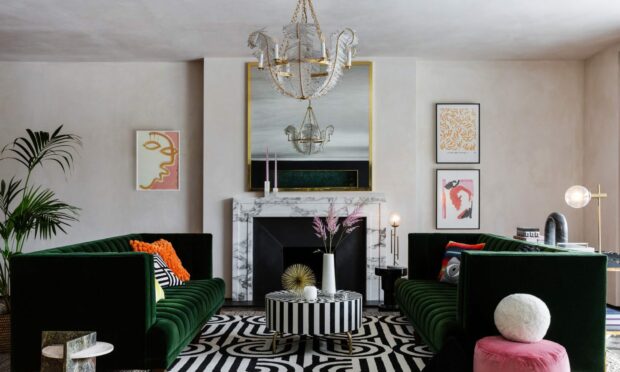
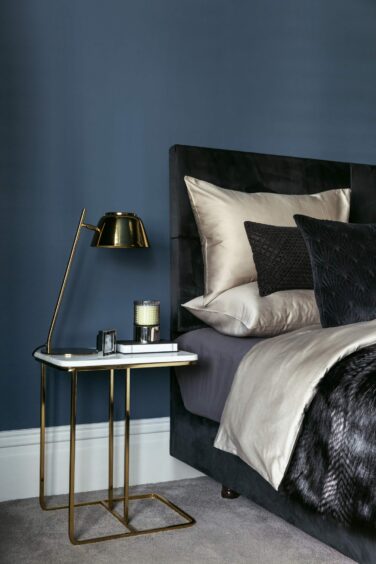
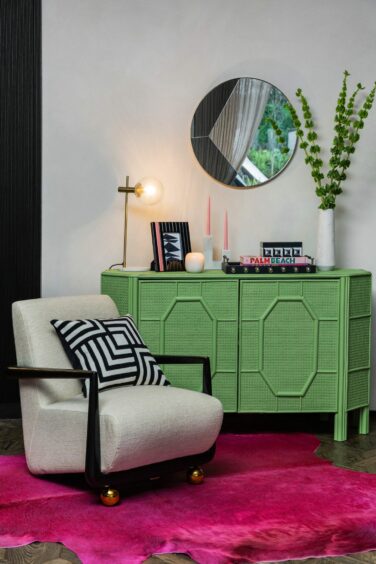
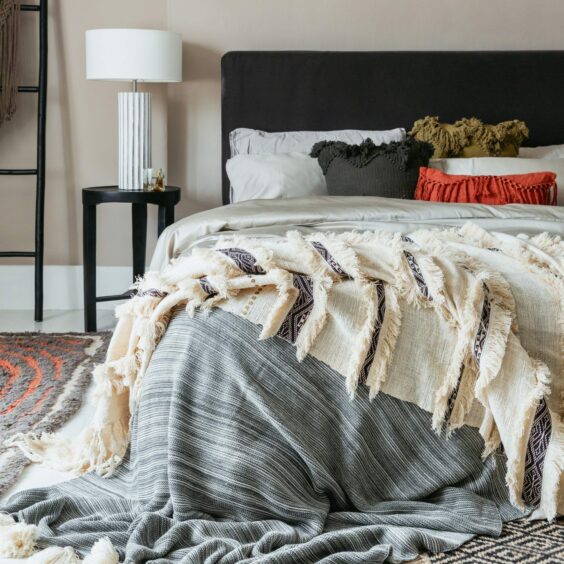
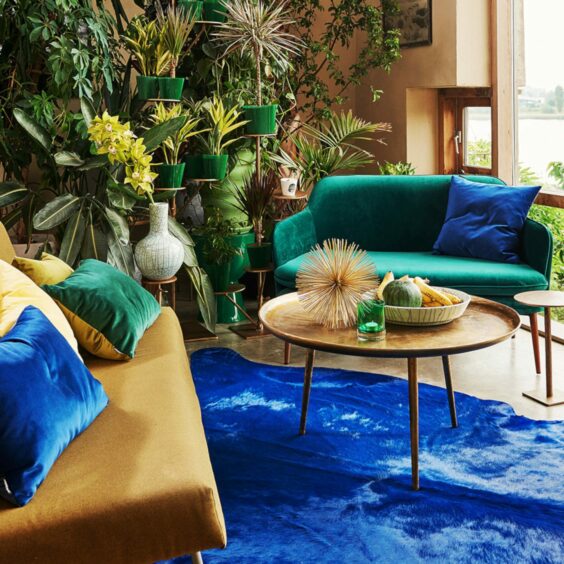
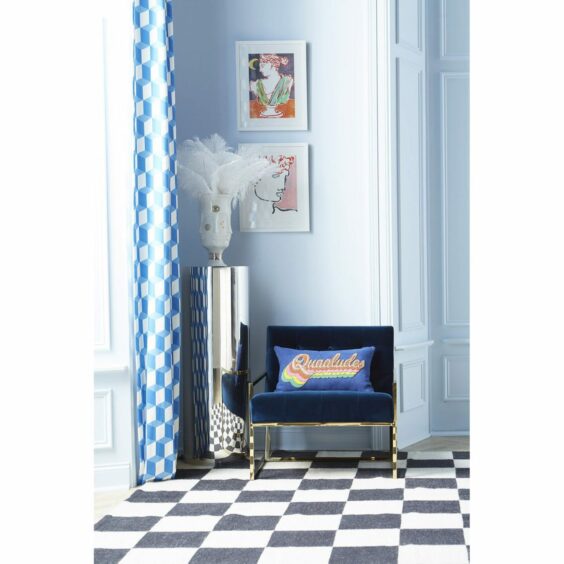
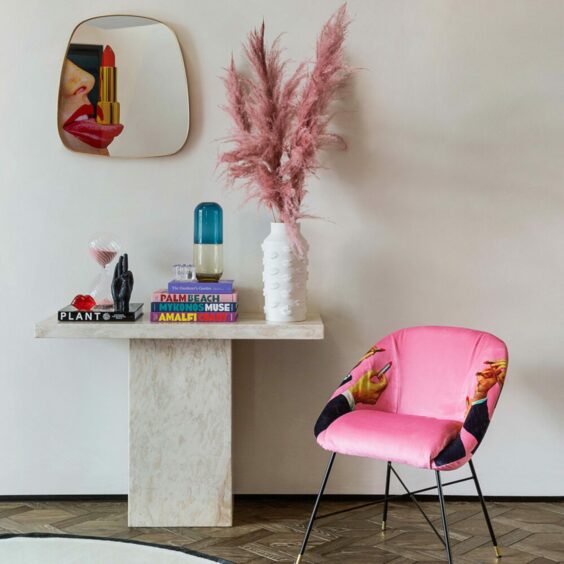
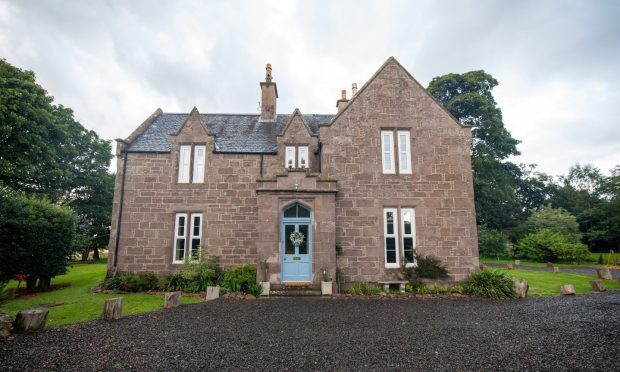



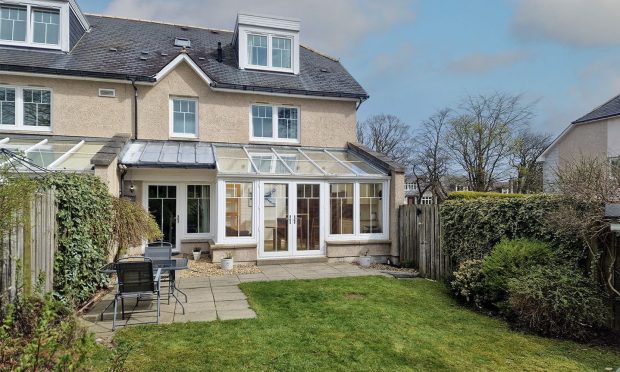

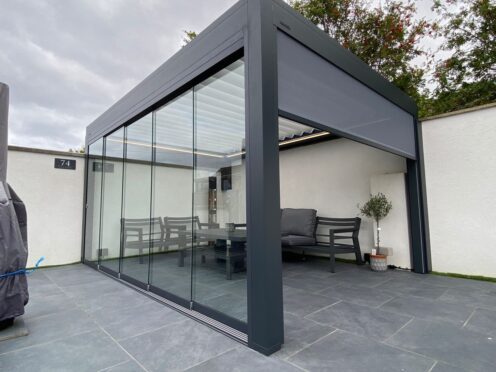



Conversation